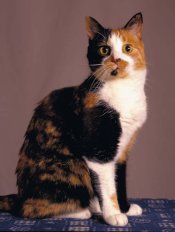laz
Member
Lately I've become dis-enchanted with landscape. This is funny considering I got into LF for it (not all that long ago either). Visiting the APUG gallery has influenced me greatly; while there are many stunning landscapes, and I still love them, it is portraiture that attracts me like a moth to a flame.
It really shouldn't be all that surprizing because this shift mirrors the one I had in 35mm from strictly "nature" to people and human places. I guess I thought of LF only for landscape. This dis-enchantment becomes most acute when I look at Jim Galli's work. I don't just mean his fabulous old lenses. I've seen old lenses in hands other than Jim's that don't even come close.
So what are some B&W LF portrait techniques and tricks? I know that studio and field are apples and oranges so I guess I'm talking informal natural light.
-Bob
It really shouldn't be all that surprizing because this shift mirrors the one I had in 35mm from strictly "nature" to people and human places. I guess I thought of LF only for landscape. This dis-enchantment becomes most acute when I look at Jim Galli's work. I don't just mean his fabulous old lenses. I've seen old lenses in hands other than Jim's that don't even come close.
So what are some B&W LF portrait techniques and tricks? I know that studio and field are apples and oranges so I guess I'm talking informal natural light.
-Bob




 All the sharpness usually was made by a heavy yet invisible on print negative retouching. I doubt that a regular old wooden 18*24 Russian FKD camera (
All the sharpness usually was made by a heavy yet invisible on print negative retouching. I doubt that a regular old wooden 18*24 Russian FKD camera (
